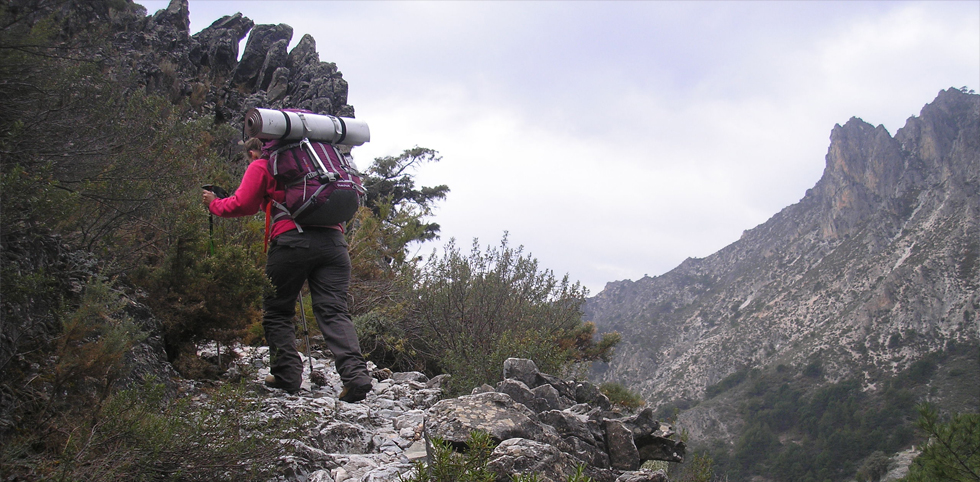Spain – the second most mountainous country in Europe!
Most people are unaware that Spain is the second most mountainous country in Europe with the second highest average relief after Switzerland. Look at any geographical map of Spain that depicts relief, like the ones below, and one will understand and appreciate this fact. Most of Spain’s territory lies above 400 metres (1200 feet), except for the relatively low lying regions of the Guadalquivir river valley in Andalucía in the south-west, the Ebro river valley and delta region in Cataluña in the north-east, and the very narrow strips of coastal lowland on the periphery of the territory. Spain’s topography is characterised by a relatively high average altitude of about 600 metres above sea level, compared to that of Switzerland which is 1,300 metres above sea level.
Spain is a country with immense variations in its geography and topography, and as a consequence, it has a huge diversity of climate types. Its unique position in the south-western corner of the European continent, its proximity to North Africa and the Sahara desert by less than 14 kilometres at its closest point, the effect of the Atlantic Ocean to the west and the influence of the Mediterranean Sea to the east, and its relatively large continental land mass and high mountainous terrain, all combine to produce a bewildering climatic diversity without equal in Europe.
The Natural Park of Sierras Tejeda, Almijara y Alhama is situated on the southern Mediterranean coast of Andalucía and is equidistant to the capital cities of Málaga and Granada. The Park is split equally in two by the provincial boundary of Málaga/Granada, with the province of Granada to the north and Málaga to the south. Interestingly, the Park’s provincial boundary also marks a geographical and climatological boundary in the form of a pronounced mountain ridge along the length of which the elevated plain of Granada meets the lower lying terrain of Málaga.
This abrupt change in relief in such a short distance is most noticeable around Nerja and Frigiliana, where there is little room between the stark and towering mountain range to the north, and the blue waters of the Mediterranean to the south. The Granada side of the Park has a Continental Mediterranean climate typified by high contrasting temperatures with very hot summers and very cold winters; being very distinct to that of the Málaga side which enjoys a subtropical climate typified by warm summers and mild winters.
And without a doubt, the best climate in Europe!
During the winter months, Nerja, Frigiliana, Maro and Torrox are renowned for enjoying relatively milder winters than the other towns and villages along the Axarquía coastline, and indeed the rest of the coastal province of Málaga. The huge physical barrier of the pronounced mountain ridge of the Natural Park strongly influences the climate and winter temperatures by producing a marvellous micro-climate, the benefit of which is most apparent in the winter months when one can often observe sunbathers on the beaches in Nerja in the shadow of the thickly snow-covered mountains of the Natural Park mere kilometers in the distance. This formidable mountain barrier protects the coast from the cold northerly winds in winter and helps maintain the renown and reputation of this small nucleus of towns and villages as having the best climate in Europe.
